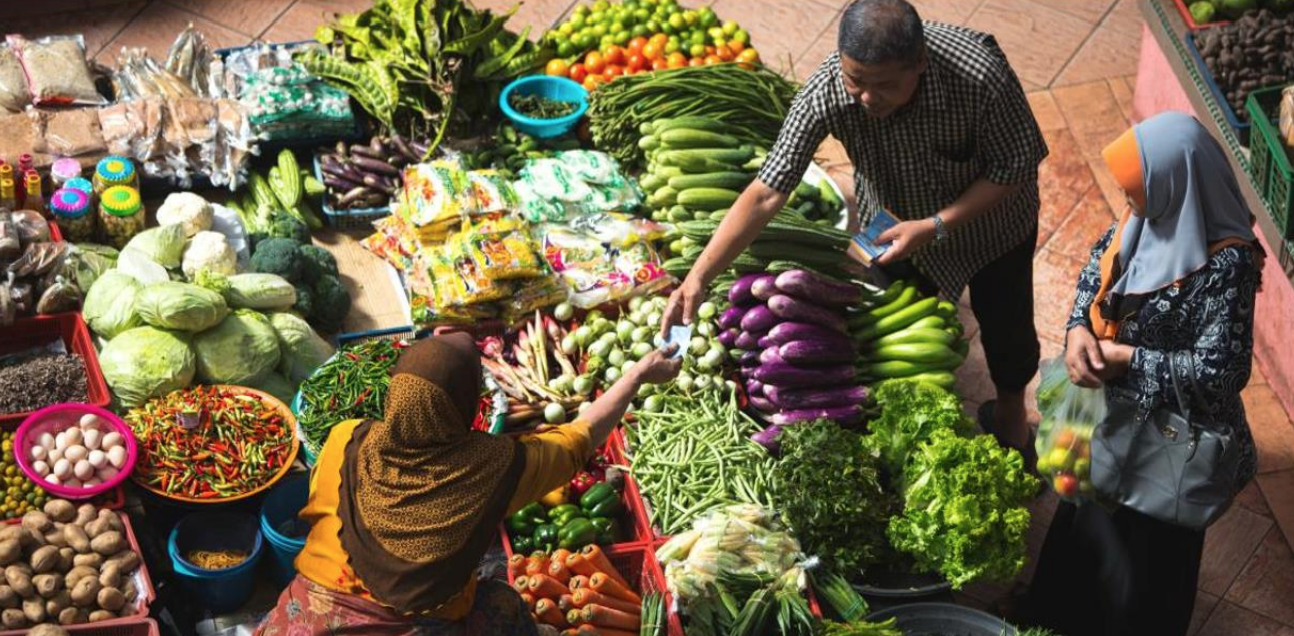By Caterina Ruggeri Laderchi, Ravi Kanbur & Paul Winters
Inclusion, which FSEC views as a focus on the weakest and most vulnerable sections of the global population—the incomes they earn, the food they can afford, and the constraints they face in improving their wellbeing—is a key goal of food system transformation, on a par with environmental sustainability and health outcomes.
Food system transformation is not possible without addressing the specific constraints of poor producers and consumers, constraints that are often shaped by social and environmental factors. As many as 2.5 billion livelihoods depend on agriculture, many of them blighted by poverty. Beyond low incomes, women in agriculture face significant formal and informal barriers to land ownership and control. At the same time, 1.5 billion people cannot afford a basic “nutrient adequate diet”. Understanding whether this large set of actors can adapt to changing incentives and opportunities is key to understanding how they are going to be affected by the process of change. This matters not only for inclusion but for other goals such as environmental sustainability, given for example the differences in emissions linked to different production practices.
Thus, the analysis of the transformation of food systems needs to pay attention to the wellbeing of the poorest members of society in support of their ability to adapt and thrive. Apart from policy measures in the food system that address inequality and poverty directly, the discourse on mutual re-enforcement of healthy diets and sustainable production must have inclusion as an integral element.
Operationalizing a concern for inclusion in food system analysis is not without challenges, though.
First, the ambition of the goal is open for discussion. Ensuring that poor and vulnerable people are not negatively affected is a minimum bar for an inclusive food system transformation. But should specific targets be specified? This is how nutritional and environmental goals are treated (e.g., eliminate hunger, staying within a 1.5 degree pathway). As an alternative, inclusion could be seen as a procedural goal, implying an improvement in living standards for the poor or a reduction of inequalities over time, in line with the way the World Bank or the OECD measure inclusive growth, for example. Under either interpretation, the setting of an inclusion target would ideally be rooted in a transparent process of deliberation to have credibility. Existing targets, such as the SDGs, would offer limited guidance as they are set for 2030 only.
Second, a focus on inclusion magnifies the trade-offs to be managed in a food system transition. A shift towards healthier diets risks deepening the affordability gap in the transition as the current supply of healthy and nutritious foods is insufficient to cover global needs with less than one third of global requirements of fruit and vegetables currently being produced. Further, changing the way food is produced and processed will significantly affect livelihoods in agriculture and in rural areas. Even if the net impact of a dietary shift on jobs is positive, winners and losers will emerge as changes in production techniques and consumption patterns result in complex distributional impacts.
Third, existing models have a limited ability to fully integrate inclusion. Integrated assessment models (IAMs) from which long term transformation pathways are derived, for example, do not model people and their behaviors and constraints. This challenge is compounded by the heterogeneity of impacts that a given measure is likely to generate on poor consumers and poor producers. Few economic models would include both the details needed for meaningful distributional analysis and a representation of the environmental and nutritional impacts of the food system transformation.
Despite these challenges, the case for incorporating inclusion in the policy agenda is strong. As shown by the experience of the energy transition, the ethical and political viability of the food system transition requires that distributional impacts are recognized and addressed, and that new opportunities replace those offered by the current ways we get food on our tables. And despite the absence of an ideal modelling framework, research into the food system transformation needs to draw on existing tools to: monitor progress on a variety of indicators; assess the constraints that producers and consumers face in different settings; assess the distributional implications and trade-offs between different policy actions; and suggest the institutional mechanism which might help ensure more inclusive outcomes as the transformation unfolds.
About the authors
Caterina Ruggeri Laderchi is the Policy Lead at the Food System Economics Commission. She is Senior Advisor at SYSTEMIQ and consults for IFAD and other international agencies on issues related to rural poverty and a just transition to climate sustainability.
Ravi Kanbur is Co-Chair of the Food System Economics Commission and T.H. Lee Professor of World Affairs, International Professor of Applied Economics, and Professor of Economics at Cornell University.
Paul Winters is a Food System Economics Commissioner and Keough-Hesburgh Professor of Global Affairs in the University of Notre Dame’s Keough School of Global Affairs.






